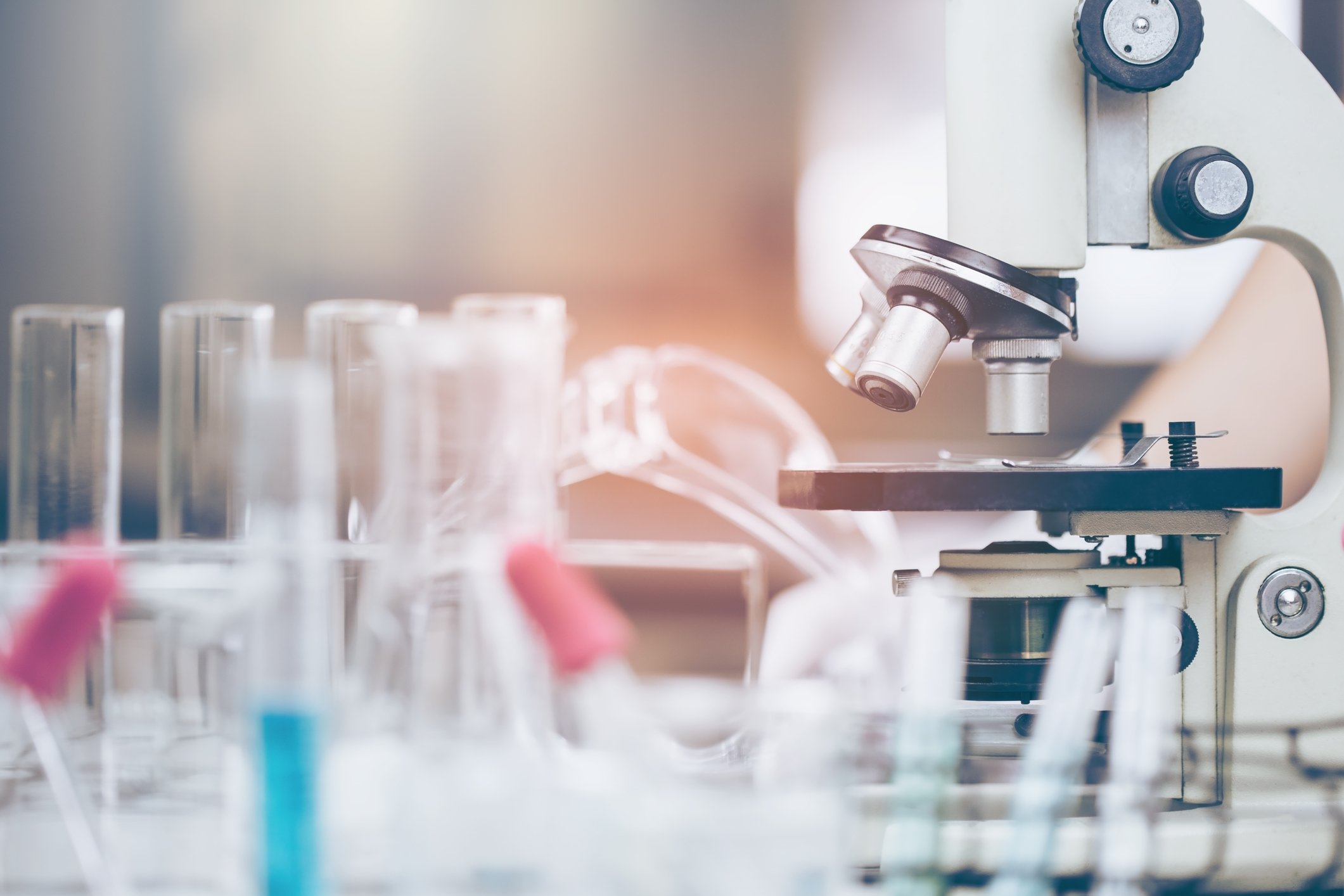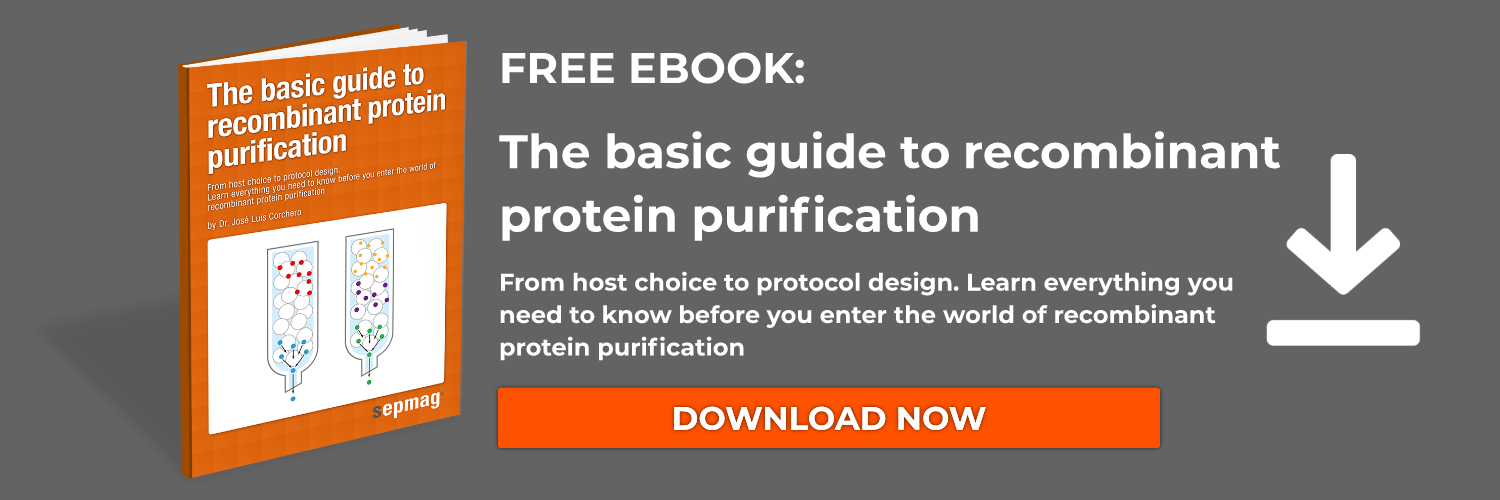Proteins are large, complex biomolecules that perform a vast range of vital molecular functions in living organisms. Studies of the structure and function of proteins are helping to advance understanding of biology, but before proteins can be studied, they need to be isolated (i.e., purified). The best protein purification system for your application depends on the desired throughput, scale, and downstream application.
Why purify proteins?
Protein purification is a necessary first step for determining protein function, structure, and interactions. Protein purification is a series of processes that aims to isolate proteins from a mixture, often from cells, tissues, or whole organisms. Before protein purification, cells that are expressing the target protein must be physically lysed to extract proteins. You can read more about lysing cells in our article on Cell Lysis Buffer.
Once you have isolated your proteins, you can study their function, determine their structure or amino acid sequence, produce antibodies, and carry out a wide variety of industrial applications.
How does a protein purification system work?
Protein purification systems isolate proteins based on their properties, such as their solubility, charge, size, and ability to bind to other molecules. Chromatography is a protein purification system where the target protein is selected for inside of a column and then slowly eluted out in aliquots. The main types of protein chromatography are ion exchange, size exclusion and affinity chromatography.
Affinity chromatography protein purification
Affinity chromatography has made protein purification more efficient and less labor intensive while increasing yield, compared to older techniques such as ion chromatography. Affinity chromatography uses tags in an affinity column to isolate the target protein. These are called affinity fusion tags, and they are a widely used, efficient way to purify proteins.
There are many different types of affinity tags available. Each type of affinity tag has different applications, depending on the properties of the target protein, protein expression system, elution, and affinity column. Common affinity fusion tags include polypeptides, small proteins, and enzymes.
His-tag protein purification
Polyhistidine tags are the most commonly used type of affinity tag. Polyhistidine tags, or His-tags, are made up of polypeptides with several histidine residues. They can be located on either the N- or C- end of the recombinant protein. His-tagged protein purification uses affinity chromatography to isolate proteins that contain histidine residues. So how does the process work?
His-tagged proteins can be purified via Immobilized Metal Affinity Chromatography (IMAC). IMAC uses the interaction between the histidine residues and divalent metal ions. Nickel2+ is the most commonly used ion, but cobalt and copper are also used. The Nickel2+ (Ni) is coupled to nitrilotriacetic acid (NTA), giving Ni-NTA. Ni-NTA is then immobilized on an agarose resin to isolate the target protein within the chromatography column. This method yields functional His-tagged proteins.
The benefits of this method include that the polyhistidine tag is less immunogenic, due to the small size of the tag, compared to other methods. This means that the tag doesn’t need to be removed after purification for downstream applications. The interaction of the His-tag with the metal ion also doesn’t depend on the tertiary protein structure of the tag, which makes it possible to purify insoluble proteins under denaturing conditions. The metal ions can also be coupled with a magnetic bead, which has certain advantages compared to resin-based chromatography.
Magnetic Bead Protein Purification System
Magnetic beads can also be used as a high-throughput protein purification system. They can be used to create the same interactions as columns, such as being pre-conjugated with Ni-NTA, but have much simpler protocols. Affinity-tagged protein purification using magnetic resins simplifies protocols by removing the need for multiple centrifugation steps. There is also no need to transfer samples to multiple vessels.
Magnetic beads have a high binding capacity and minimize nonspecific protein binding, making them a highly efficient protein purification system. Magnetic separators also facilitate protein purification at larger scales. Modern magnetic separators make it possible to purify proteins from large quantities of cell lysis, accommodating up to 10 liters of solution. These separators even allow you to monitor the separation, giving you control over the purification process.
Choosing a protein purification system
There are multiple factors that will influence your choice of protein purification system. Your lab might have a system in place already, and labs that have always used affinity chromatography columns will often continue with those columns because they have the infrastructure in place. The technology for magnetic bead purification has made it possible to have a protein purification system that is efficient and produces a good yield. As such, when creating new protocols for protein purification, many labs now look to magnetic bead protein purification systems.
Related news





